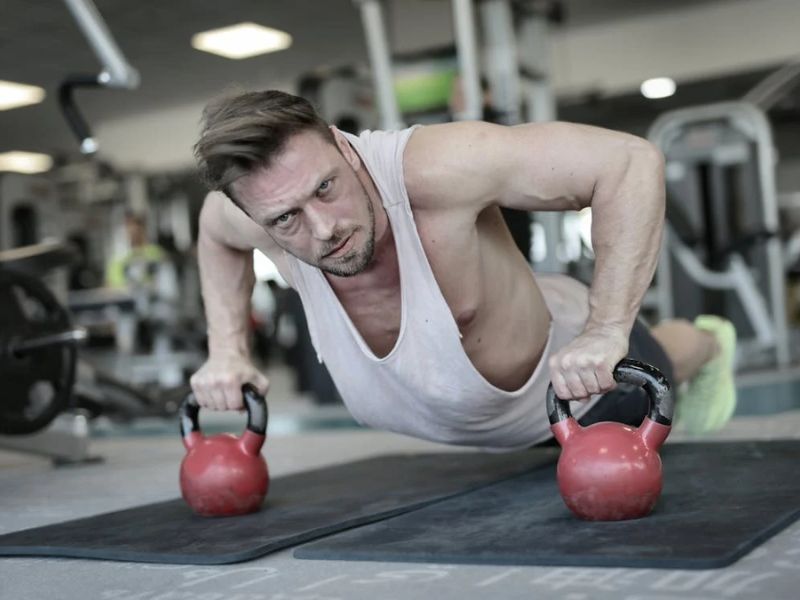Exercise is often associated with pushing yourself to your limits, running miles and miles, or powerlifting intensely. You can also benefit from lower-intensity workouts like walking, hiking, swimming, yoga, resistance training, biking, or using an elliptical.
Brian Nunez, a performance coach and Nike “master trainer,” defined low-intensity training as training for 30 minutes at 57 to 63% of maximum heart rate. HIIT, or high-intensity interval training, combines periods of maximum effort and rest in this type of exercise.

Image Credit: Pexels/Andrea Piacquadio
Nunez said it might be possible to achieve cardiovascular benefits without impacting your joints by doing low-intensity workouts. Keeping the body active between strenuous sessions can also be accomplished by performing them after another workout.
Your Brain Activity Will Increase.
Various mental illnesses and cognitive dysfunctions have been improved by low-intensity exercise. German University Hospital Bonn conducted a study in 2019 comparing high- and low-intensity exercises’ effects on the brain.
There was a significant difference between them, according to the findings. The effects of high-intensity training on emotional intelligence were greater than those of lower-intensity training
It’s Easier On Your Body
Your muscles and joints are less stressed when you perform exercises at a lower intensity. In addition to reducing the risk of muscle strains and inflamed joints, low-intensity activities require less time under heavy loads.

Image Credit: Pexels/Maksim Goncharenok
It Can Help Alleviate Stiffness
By doing physical activity at a steady pace and in a consistent manner, you can relieve stiffness, pain, and injuries to your joints and muscles.
You Can Multitask
Performing low-intensity workouts allows people with busy schedules to fit in an activity. It is easy to chat on the phone, listen to podcasts or even have a business meeting on the street if you hit the streets for a low-intensity walk.